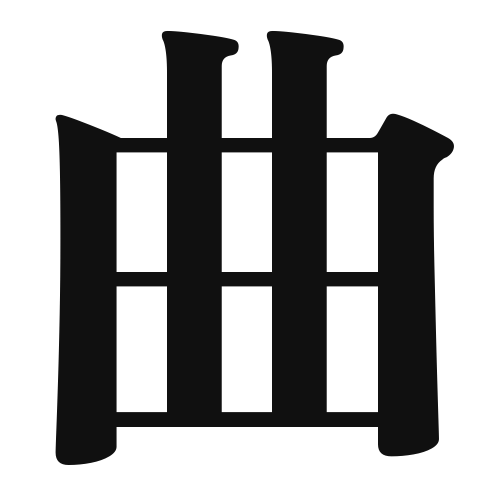1. Overview of Meaning
The kanji “曲” (kyoku) primarily means “curve” or “bend.” It is often associated with music, as it can also refer to a “musical piece” or “tune.” In a broader sense, it can imply something that is not straight or direct.
2. Formation and Radical
The kanji “曲” is a phono-semantic compound (形声文字), which means it combines both a phonetic and a semantic component. The left part, “月,” often relates to the body or flesh, while the right part, “曲,” suggests bending or curving.
The radical for “曲” is “曲” itself, which indicates its meaning related to bending or curving.
3. Examples of Usage
Common words and phrases that include “曲” are:
- 曲線 (きょくせん, kyokusen) – curve
- 曲がる (まがる, magaru) – to bend
- 楽曲 (がっきょく, gakkyoku) – musical piece
Example sentence in daily conversation:
「この道は曲がっています。」 (Kono michi wa magatteimasu.) – “This road is curved.”
4. Synonyms and Antonyms
Similar kanji with related meanings include:
- 弯 (わん, wan) – bend, which emphasizes the curvature more than “曲.”
Antonyms include:
- 直 (ちょく, choku) – straight, which represents the opposite of bending or curving.
5. Cultural and Historical Background
The kanji “曲” has significant ties to Japanese culture, especially in the context of music. Traditional Japanese music often features various “曲” that reflect the emotions and stories of the culture.
Proverbs and idiomatic expressions that include “曲” are:
- 曲がり角 (まがりかど, magarikado) – a turning point, often used metaphorically to describe a significant change in life.
